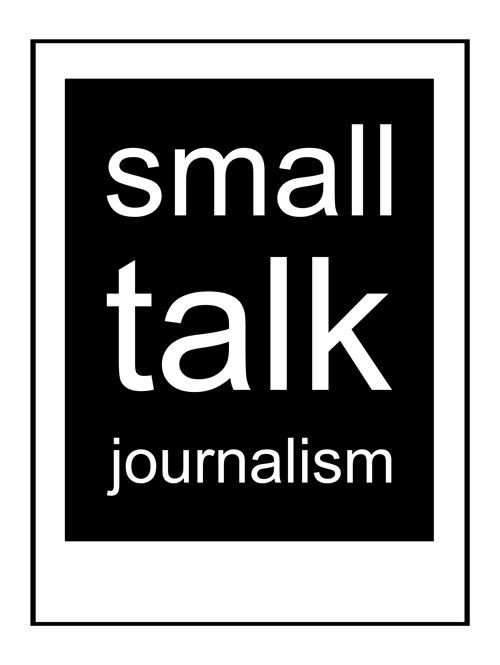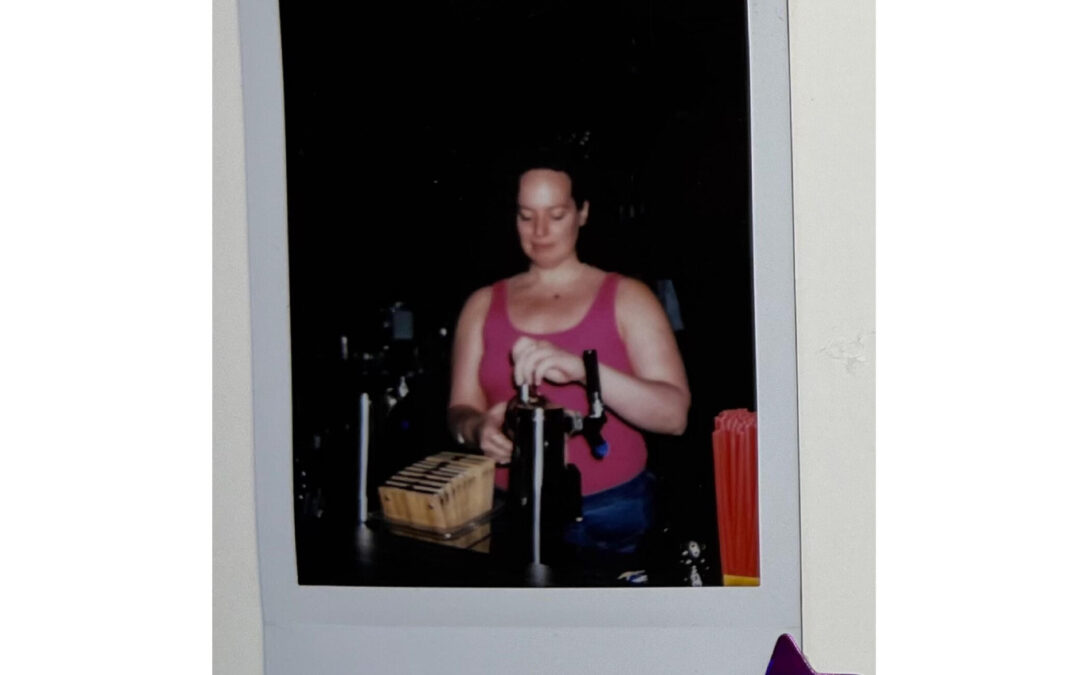According to ‘The Lesbian Bar Project’ there are currently twenty-seven lesbian bars in the United States.
One bar was left out of the documentary, and that bar is none other than “Doc Maries” of Portland, Oregon. The bar is owned by siblings Olga Bichko and Dmitri Bichko. With Doc Maries in addition, this makes the grand total of lesbian bars twenty-eight.
The bar’s opening was shortly followed by its closing, with a reopening at the end of August 2022. The details of the bar’s opening, closing, and reopening have been covered in great detail by the Oregonian and other well-acclaimed news sources. Yet few sources have taken the time to ask why Doc Marie’s opened in the first place.
Within this article, and an attached in-depth podcast, we aim to answer the question with Olga Bichko about what inspired her to fill the lesbian bar void that was left empty, and her opinion on why there are only twenty-eight lesbian bars within the United States.
–
Upon entering Doc Maries, the ‘sapphic heaven’ immediately spins a tale. The entrance greets guests with an open, soft-toned, brightly lit room, framed with ceiling-to-floor windows. The top floor’s aesthetic is also accompanied by an intimate bar with rounded, leather booths.
Guests’ attention is then quickly directed to a neon sign, reading “Going Down?” hung above a black, wide staircase leading into the bar’s basement.
Bichko comments on the “modern” aesthetic that the upstairs portion of the bar took: “I jokingly say ‘Lesbians can have nice things; cocktails and sunlight”.
The lower level of Doc Maries reflects a darkly lit, dive bar aesthetic that acts almost as a foil for the upper level. Stained glass decor and low lighting create a mysterious, yet cozy atmosphere. Bichko goes on to describe the intentionality between the layout of the first and second floors:
“Lesbian bars used to have to be hidden safe spaces that couldn’t stand out, because they would attract dangerous attention. In an evolution to where we are now, I love that we have the two floors because the downstairs definitely reflects that history. The upstairs is open and bright and more modern which is to me, a reflection of how far we’ve come.”
A variety of religious candles sit on a shelf above the entrance of the basement. Looking more closely, satirical photos of Dolly Parton, Tim Curry, and more replace the traditional saints typically decorating the outside of religious candles. The placement of these candles forces guests to walk below them as they enter the basement bar.
It is widely accepted that the Catholic Church and numerous other organized religions utilize dogma to invalidate the LGBTQ+ community. In 2023, there have been more than 500 anti-LGTBQ+ laws proposed in 41 states – the highest number on record. Many of these proposed laws are being openly supported by groups representing organized religions.
Why have iconography in a lesbian bar? According to Bichko, a variety of guests have used the terminology ‘this is church’ in reference to her bar, and she reports finding the terminology to be “so powerful”. When asked about the intentionality behind having iconography within a lesbian bar, Bichko responded:
“There’s definitely a little bit of a tongue-in-cheek moment there because there have been people that come in and they’re like, ‘this is church’…There are lots of people who are actively religious in the LGBTQ+ community. There are people who kind of see spaces like this as a replacement for something they can’t find in religion and established communities that maybe they were not welcome in anymore.”
Bichko goes on to say that her bar is, “a place where like-minded people come to feel heard and understood. Heal sometimes. Celebrate…I think that’s the power of a place like this.”
If lesbian and other sapphic LGBTQ+ bars curate safe spaces and “religious” experiences for people, then why are there so few lesbian bars in America? Bichko comments,
“It’s not as simple as I think it’s been made out to be. There were some [lesbian bars], and now there aren’t any because they ‘weren’t popular anymore’. Like, that’s not true – they’re clearly very popular. And they’re very clearly wanted and needed.”
If there’s a social demand for lesbian bars, then what has prevented more lesbian bars from opening? Bichko comments on her thoughts and conclusions as a business owner within the lesbian bar scene.
“I think that to get at the real answer means looking at some of the complex issues that go on in our own community. And not just that, but we’re also up against compounding factors of being queer, being women or woman-identified people.”
From data in 2019, there were 13,963 gay bars in the United States.
With COVID, the number of gay bars has dwindled down a significant amount. Regardless, the information above shows a significantly disproportionate amount of “gay bars” versus “lesbian bars” in America. Bichko suggests that the disparity between gay bars operating, and lesbian bars operating, has to do with how the female sex (regardless of their sexuality) has been conditioned by a male-dominated society.
“The fact that they’re [gay bars] male and not female-centered, I think shifts that focus. They don’t have to answer those questions like…’ what’s in it for everyone? Are you good enough? Are you perfect? That feels like the questions that we have to answer as women [and AFAB people] in different industries to begin with. That part felt familiar.”
The question posed earlier suggested that the lack of lesbian bars in America is also rooted in some issues within the queer community. When Bichko said, “I think that to get at the real answer means looking at some of the complex issues that go on in our own community.” Does this include other lesbians? We dove deeper into that.
“From what I can see, it really seems like a complex issue of there are already so few spaces [lesbian bars], they are so wanted and needed that when there’s one, it kind of stirs up all these feelings that people have of needing to be the right thing for everyone because there’s only one bar, you know?”
“They’ve [lesbian/sapphic folk] been waiting. And so when it’s something that they’ve wanted for so long and it’s finally here, but it’s not exactly as they hoped, I feel like they think there might not be another one on some level.”
Bichko continues to explain that when people within the lesbian and sapphic community don’t receive the anticipated bar, she’s noticed disappointment, which has led to resentment from the community.
“all the conversations I have are about us being the only one and therefore kind of like what they had hoped, what we need to be…and I’m like, well what if we just open more? <laugh>”
To open more lesbian/sapphic-specific queer spaces means going against the male-dominated society, which instigates arguably more critique and scrutiny than male-dominated spaces face. As Bichko had said herself during this interview,
“Coming out as a lesbian bar is a radical act.”
Opening up a variety of lesbian, sapphic, and femme-dominated spaces, and curating each bar to every kind of individual instead of forcing one to encompass a large community, is arguably a radical act. Bichko argues that sacrificing one bar’s identity and subculture to represent the whole, isn’t “authentic” or fair.
“We can’t be everything for everyone. I think we would lose a lot if we stop being authentic to ourselves because we have our own lived experiences, we have our own journeys that brought us here. And I think staying true to that is equally as important.”
Some argue that it’s a queer space’s job to represent and protect its local LGBTQ+ community. Bichko argues that there is a way to hold space for one’s identity and to stand by the local LGBTQ+ as a whole.
“I think people sometimes confuse being true to yourself as being exclusive to someone else…there’s a way for that to be the case while remaining open, welcoming, safe, and inclusive. And that’s what we’ve tried to do from day one. I think we’re succeeding pretty well at it, honestly”.
Standing by one’s truth is argued to be part of rightfully standing by one’s community (in this case, the lesbian/sapphic community). Referring back to Bichko’s statement,
“Coming out as a lesbian bar is a radical act.”
Perhaps part of what makes coming out as a lesbian bar a “radical act” is being radically honest with one’s truest version of themselves and confronting the slim boxes created for lesbian and sapphic-identifying people. Lesbian, sapphic people giving themselves permission to have variety and subgenres, that a male-dominated society may have not given them, is within itself “a radical act”.
The tale is as old as time: women have legally, and at times socially, not been allowed personal autonomy.
Dr. Marie Equi (April 7, 1872 – July 13, 1952) was a Portland, Oregon women’s rights activist. She gave women access to free birth control and openly identified as a lesbian during the late 1800s to early and mid-1900s. Dr. Equi was a leader in the Progressive Party of Oregon, president of the Women’s Eight-Hour League, and an activist in the campaign for women’s suffrage. Dr. Mariee Equi herself said,
“Did anyone imagine for a moment that I was a quitter? I’m here to see this thing through and I won’t run.”
Dr. Marie Equi was known by her friends as “Doc”. Within the discussion contained in this interview and more, it comes as no surprise that “Doc Maries” is named after Dr. Marie Equi herself.
Olga Bichko and Dmitri Bichko are here to “see this thing through” and both make it clear that they “won’t run” from anybody.
Listen to the podcast linked above for the full interview contained in this article. Discussion about the Doc Marie’s bar’s opening and closing controversy, Olga Bichko’s identity and experience growing up in the queer community, and more are included in the Small Talk Journalism podcast on Spotify.
Thank you for supporting your local journalist and Happy Pride to all who celebrate.
–
Additional Sources:
Jelsing, Nadine. “Physician, Lesbian, Radical Labor Activist – the Passions of Portland’s Dr. Marie Equi.” Opb, 13 Mar. 2023
Damron. n.d. “About Us.” http://damron.com/about-us, accessed June 30th, 2023.
Mattson, Greggor. “Are Gay Bars Closing? Using Business Listings to Infer … – Sage Journals.” Sage Journals, journals.sagepub.com/doi/10.1177/2378023119894832. Accessed 30 June 2023.
McPhillips, Tim. “The Challenges Organizers of Pride Are Facing in 2023.” PBS, 16 June 2023, www.pbs.org/newshour/nation/what-organizers-of-pride-are-dealing-with-in-2023.


Hi, this is a comment.
To get started with moderating, editing, and deleting comments, please visit the Comments screen in the dashboard.
Commenter avatars come from Gravatar.